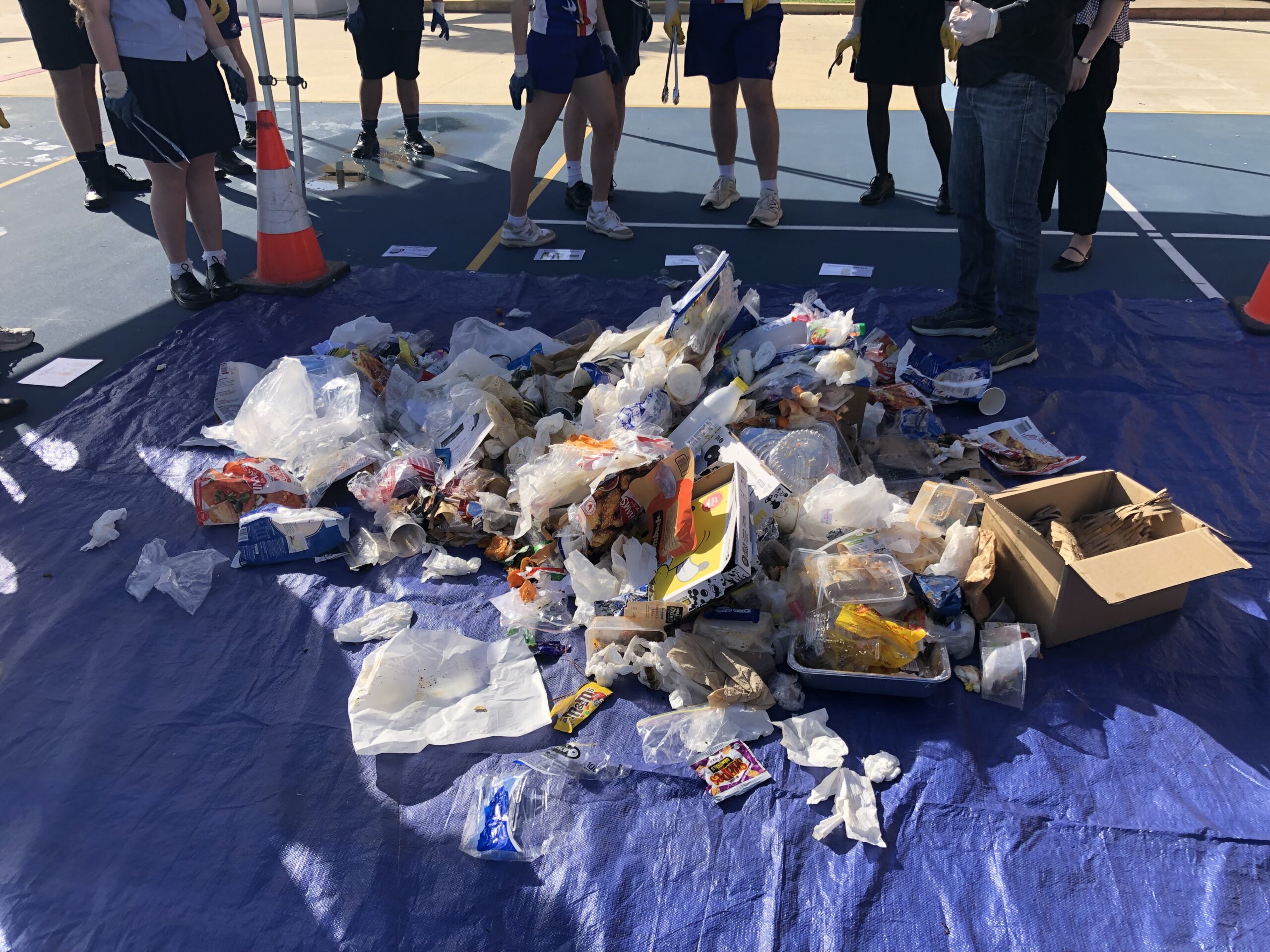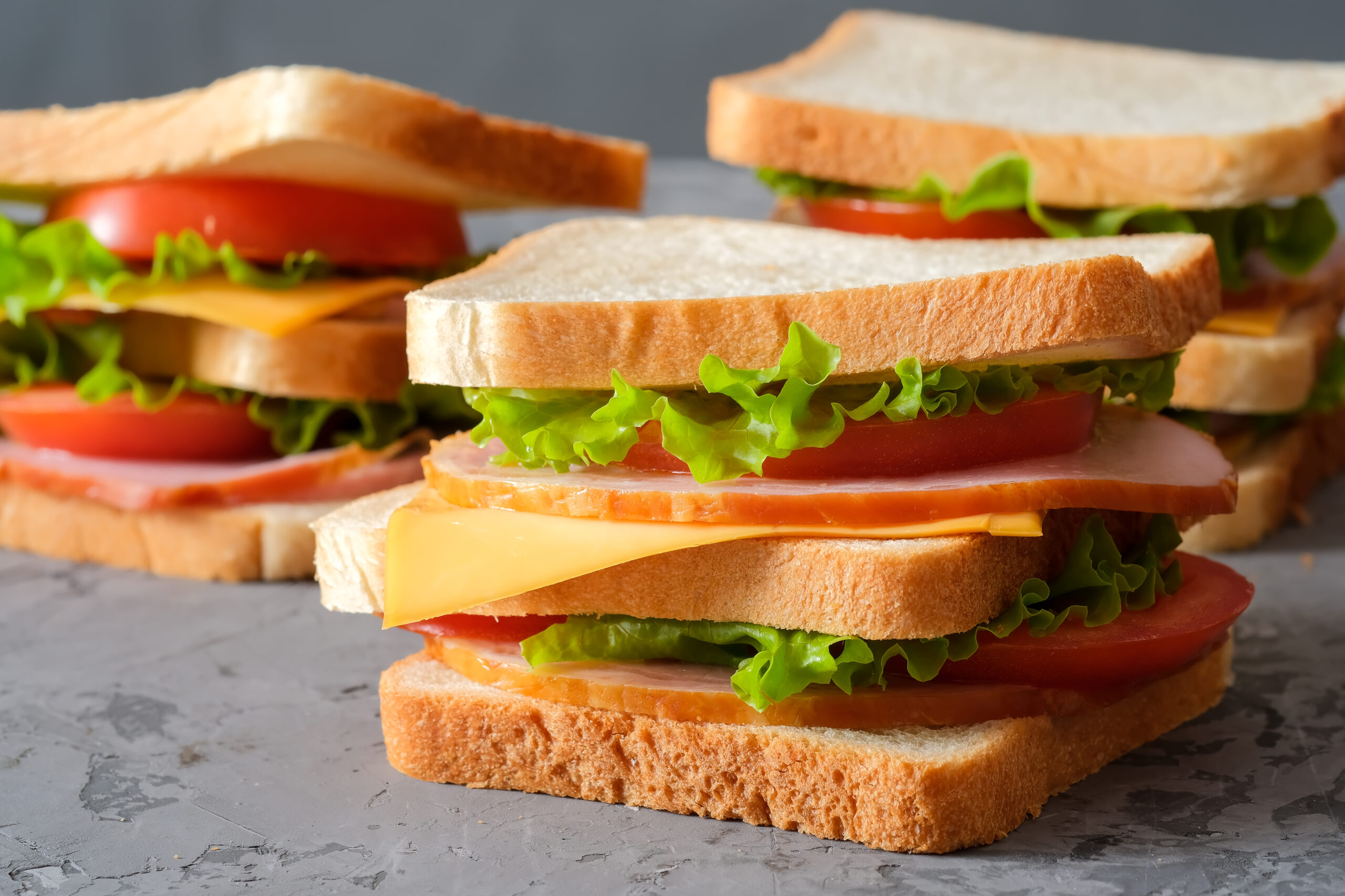It started with a simple question: What’s really going into our school bins?
As part of the Mackay Whitsunday Isaac School Waste Minimisation Project, Reef Catchments conducted rubbish audits at schools across the region. We expected to find the normal culprits; plastic food wrappers, juice boxes, maybe the odd broken pencil. But one item kept showing up again and again – uneaten sandwich crusts.
Sandwich crusts are non-compostable, so when they go uneaten, they end up in landfill, contributing towards food waste and greenhouse gas emissions. The answer to preventing this food waste is simple – eat your crusts!

Crusts. The humble edge of the sandwich. Not spoiled, not inedible, but somehow always left behind. And while it might seem like a small thing, those crusts told a bigger story about food waste, habits, and how we can help our kids make more sustainable choices.
If your child’s lunchbox often comes home with crusts untouched, you’re not alone. Kids tend to reject crusts because they’re chewier, darker, and look different from the soft middle. Over time, “I don’t eat crusts” can become a habit, especially if crusts are routinely cut off at home.
But here’s the twist: crusts aren’t just incredibly delicious, they’re also nutritionally powerful!
Crusts form where the bread meets the heat, and that’s where the magic happens. The browning process, known as the Maillard reaction, boosts antioxidant levels in the crust, helping protect the body from illness. These antioxidants act like tiny shields, supporting the immune system in ways the soft centre simply can’t.
Beyond that, crusts contain more dietary fibre, which plays a key role in gut health and brain function. A healthy gut helps kids concentrate, learn, and feel better throughout the day. And because crusts digest more slowly, they provide longer-lasting energy -perfect for busy school days filled with learning and play.
There’s also a physical benefit. Chewing crusts helps strengthen young jaws and teeth, giving kids a natural way to support oral development. And let’s not forget flavour – the crust is where bread gets its richest, toastiest taste!

So how can parents help shift the crust conversation at home?
Start by making crusts part of the fun. Cutting sandwiches into playful shapes can make crusts less noticeable; while toasting or grilling adds flavour and crunch. Using fillings that reach the edge ensures every bite is satisfying. And perhaps most importantly, modelling crust-eating with enthusiasm can go a long way, as kids often mirror what they see.
If crusts still aren’t a hit, try serving them with dips like hummus or guacamole to make them more appealing. If they’re not going in the lunchbox, instead of throwing them out, save them for cooking. Crusts make excellent breadcrumbs, croutons, or toasties, keeping them out of landfill and giving them a second (yummy) life.
Encouraging kids to eat their crusts isn’t just about nutrition. It’s about respecting food, reducing waste, and building a culture of sustainability from the lunchbox up. Every crust eaten is one less item in landfill, and one step closer to a future where food is valued, not wasted.